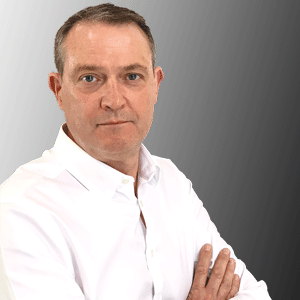THANK YOU FOR SUBSCRIBING
Editor's Pick (1 - 4 of 8)

David Barrow, VP South Asia, Marine & Offshore, Bureau Veritas
The shipping industry faces some Big challenges. Innovation and New technology are going to be Vital in meeting tomorrow’s needs
Be first to read the latest tech news, Industry Leader's Insights, and CIO interviews of medium and large enterprises exclusively from Apac CIOOutlook
THANK YOU FOR SUBSCRIBING

David Barrow, VP South Asia, Marine & Offshore, Bureau Veritas
The shipping industry faces some Big challenges. Innovation and New technology are going to be Vital in meeting tomorrow’s needs

However, if you would like to share the information in this article, you may use the link below:
https://marine-tech.apacciooutlook.com/cxoinsights/beyond-2020-nwid-6905.html